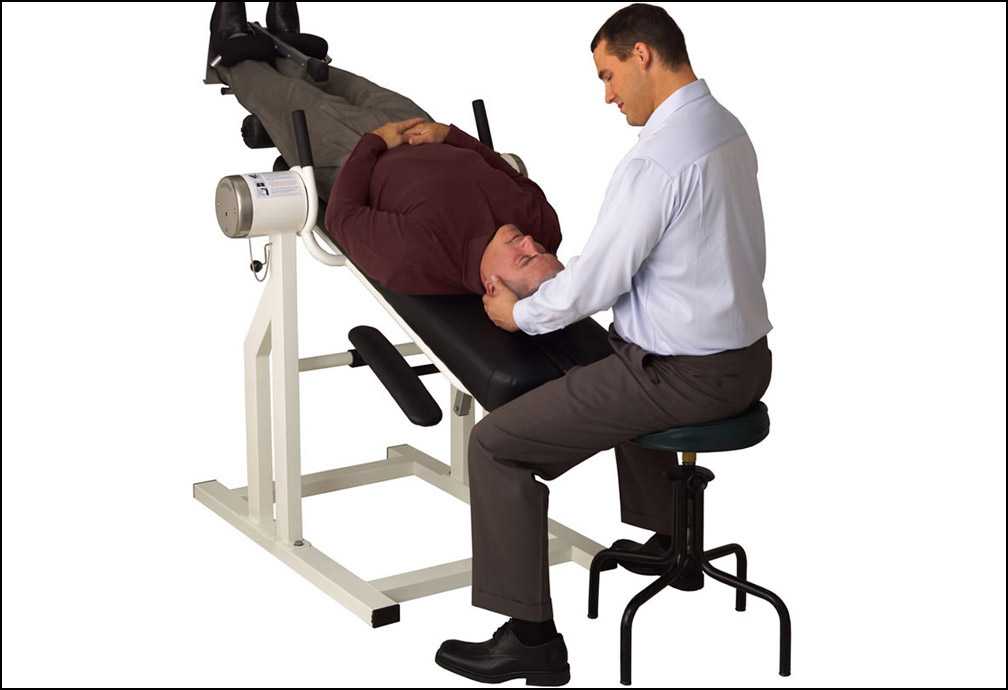Inversion table therapy
“Managing pain, restoring comfort – one step at a time.”

Inversion table therapy is a type of therapy that involves using an inversion table, which is a device that allows the user to hang upside down or at an inverted angle. The therapy is based on the idea that reversing the effects of gravity on the body can have therapeutic benefits.
Proponents of inversion table therapy claim that it can help alleviate back pain, improve circulation, relieve stress, and reduce the effects of aging. However, there is limited scientific evidence to support these claims, and some medical professionals caution that inversion table therapy may not be safe for everyone, particularly those with certain medical conditions such as high blood pressure, heart disease, or glaucoma.
The theory behind inversion therapy is that by hanging upside down, gravity can help to decompress the spine, reduce pressure on the discs, and improve circulation in the back muscles. This can help to alleviate pain and improve mobility in the back and neck.
